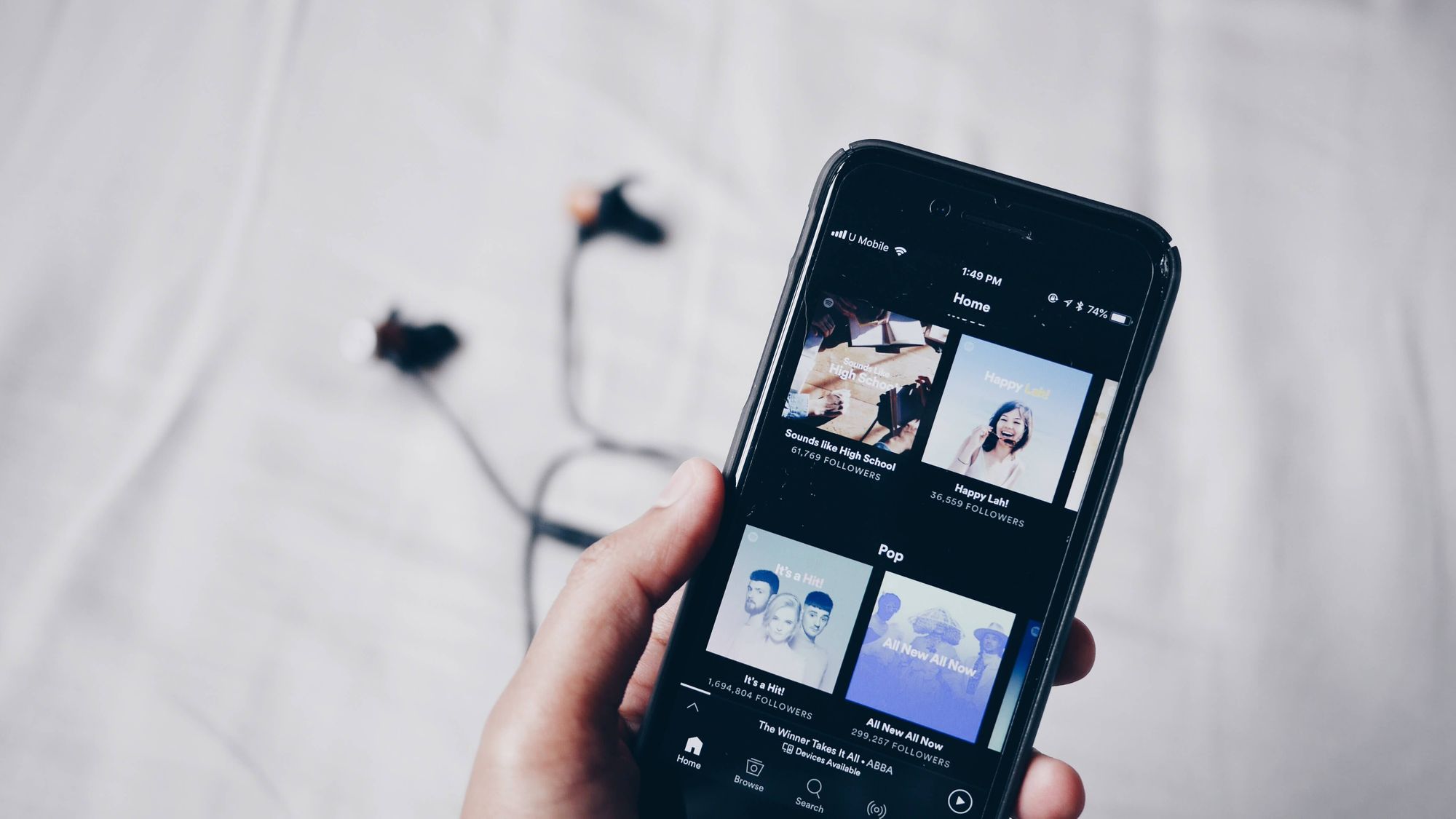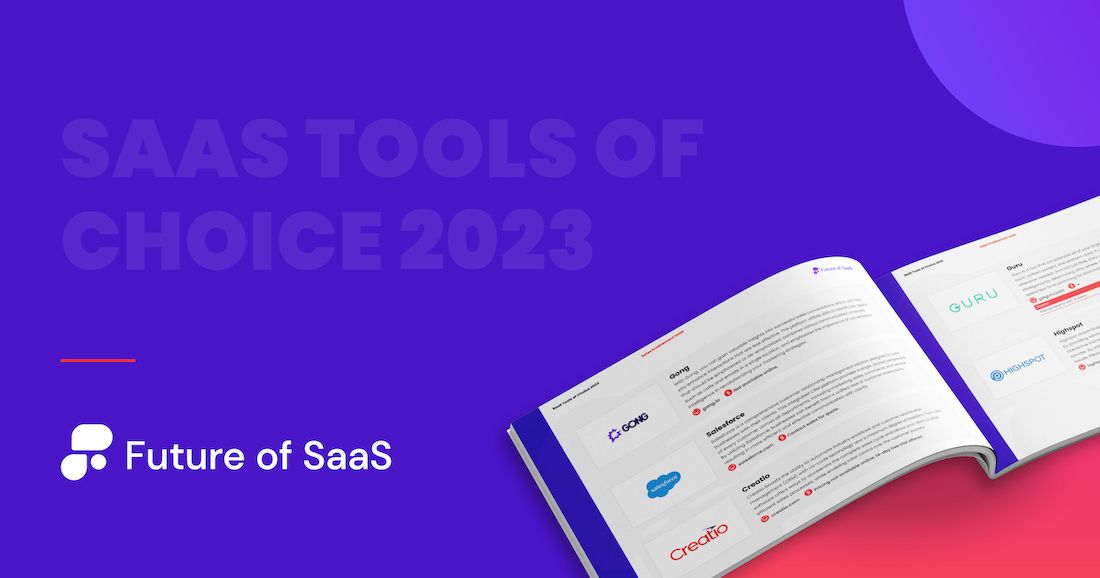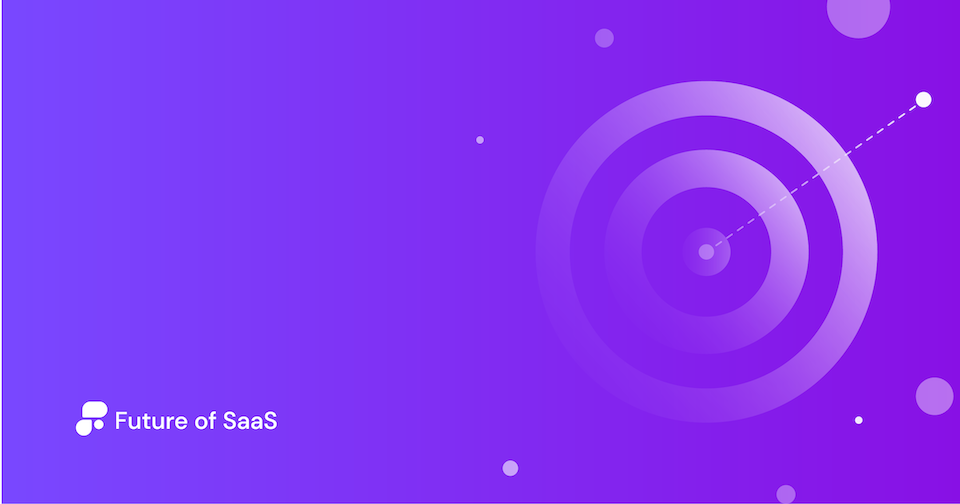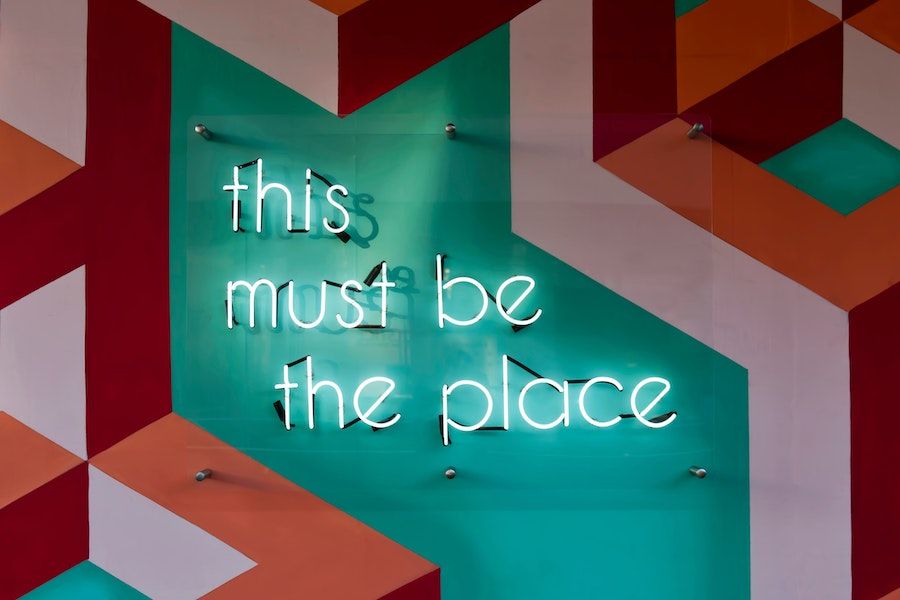Have you ever wondered why we make the decisions we do? On the surface, it often seems like we carefully weigh the pros and cons before arriving at a rational choice.
But in reality, our decisions are shaped by a complex interplay of emotions, automatic processes, and behavioral triggers. We are emotional decision-makers, and many of our actions are guided by processes we're not even aware of.
It is impossible not to mention the work of Robert Cialdini’s book "Influence: The Psychology of Persuasion" when we're exploring the psychology of decision-making and behavioral triggers.
The book uncovers the surprising ways our minds work when we make choices. He shared 6 principles for understanding the underlying drivers of human behavior:
- Reciprocity
- Scarcity
- Liking
- Authority
- Social proof
- Commitment and consistency
These principles have become a cornerstone for marketers.Although it has been discussed widely how scarcity, social proof, and authority help with conversion. In this blog, we'll uncover how the other 3 unlikely principles: Commitment and consistency, Reciprocity, and liking can come into play for SaaS Growth.
We will reveal how to wield these powerful tools of persuasion for your SaaS business and harness them for both understanding and positively influencing the choices your customers make. Let’s dive in.
Commitment and consistency: A mental shortcut to decision-making
A famous study often known as the "foot-in-the-door" technique” was conducted by Cialdini, Vincent, Lewis, Catalan, Wheeler, and Darby in 1975, to test if people who said yes to a small request would also say yes to a bigger one later.
They split people into two groups: one group didn't get any initial request (the control group), while the other group was asked to sign a petition supporting safe driving (the experimental group). This petition was a small commitment.
After a few days, both groups were asked to put an unattractive "Drive Safely" sign in their yards, which was a bigger and less appealing request. The people who had signed the safe driving petition were much more likely to agree to the unattractive sign compared to the control group.

This study supported the idea that once we commit to something small, we want to stay consistent. So, people who signed the small petition felt they should follow through with the bigger request, even if it wasn't very appealing.
This research shows that starting with small requests can lead to accepting bigger requests because people like to be consistent. According to Neilsen's Study, this is because behavioral consistency is like a mental shortcut.
It's easier to stick to one choice than to make a new decision every time a problem comes up. In social settings, people who are unpredictable are less likely to be well-liked and find it harder to fit in with others.
The power of incremental onboarding
In SaaS, you can apply commitment and consistency by guiding users through an incremental onboarding process.
Incremental onboarding is an effective strategy for SaaS conversion, as it allows users to gradually familiarize themselves with the product, reducing the likelihood of overwhelming them and increasing the chance of becoming a customer.
The goal is to create a gradual path for users to become more deeply engaged with the product. By encouraging users to take small, manageable actions.
What is Incremental Onboarding?
Instead of providing prospects with a lengthy profile setup, the form gradually prompts users to complete their profiles by adding additional details like profile pictures, preferences, or additional contact information at different times.
For example: When a first-time visitor comes to your website and wants to download a free seminar they'll be asked to provide their contact details in a form.If you have progressive profiling in place, the next time they request a downloadable resource, they won't need to re-enter their name and email address.
Instead, they'll be prompted for more specific information. Finally, when they register for a product demo, they'll be asked to specify their role within the company and provide a budget range.
This gradual approach eases users into the commitment of completing their profiles.
Benefits of incremental onboarding
- Improved user experience: It minimizes the upfront information required from users during the onboarding process. Users are more likely to complete the onboarding process if they don't feel overwhelmed by a long form or a cascade of questions.
- Reduced friction: Users are more likely to engage and proceed when they perceive the process as quick and easy. By asking for only essential information initially, you reduce the friction that can lead to user abandonment.
- Higher conversion rates: You can capture basic user details initially and then gather more in-depth information as the user continues to use the SaaS product. This can lead to higher conversion rates during the onboarding process as users become more invested.
- Personalization: As you collect more data about users over time, you can personalize their experience and provide targeted content, recommendations, and features most relevant to their needs and preferences.
- User trust: When users see that you're not asking for unnecessary or intrusive information upfront, they are more likely to trust your SaaS product and believe their data is being handled responsibly.
Tools you use
To offer excellent incremental onboarding customer onboarding, it's essential to have the right tools. It will enable you to send relevant information to the right group at the right moment and provide in-app guidance. Here are some of the suggestions:
- Userpilot: This tool helps you create microsurveys and perform advanced segmentation.
- Appcues: Ideal for crafting personalized onboarding experiences specifically tailored to mobile users.
- Userguiding: If you're on a tight budget, Userguiding allows you to track in-app interactions and gather valuable customer data.
- Pendo: Pendo provides detailed product and user analytics, enabling you to gain deep insights.
- Chameleon: Use Chameleon to design contextual in-product surveys and gather valuable feedback from your users.
The law of reciprocity: Making others to say 'yes' and getting what you want
Reciprocity is a psychological principle suggesting humans have a natural inclination to return favors, gifts, or kind gestures when they receive something of value. You can make people comply with your request or do something for you, using the law of reciprocity.
The "Coca-Cola" experiment is the most famous study on the principle of reciprocity conducted by Dennis Regan in 1971.
In the study, Joe’s likeability - a fellow participant, (who was actually Dennis Regan’s assistant - plot twist) was manipulated by having customers overhear him being either polite or rude during a phone call. Afterward, Joe would leave the room and return in one of two ways:
Joe would return with two options, either giving one to the participant as a gift or returning empty-handed.
Later, Joe would hand the participants a note asking them to buy raffle tickets.
Results showed that when Joe gave a soda, participants bought twice as many tickets, regardless of how much they liked Joe. This study highlights the power of giving, demonstrating that when you give, you're more likely to receive in return.

Quoting from Nielsen Norman Group studies a straightforward explanation for reciprocity is that it was advantageous to exhibit cooperative and considerate behavior.
Those who adhered to this principle were likely to encounter fewer adversaries, increasing their chances of survival and the transmission of their genetic traits.
Reciprocity in SaaS: Turning value into conversions
In the context of SaaS conversions, reciprocity plays a significant role in influencing user behavior. It works on the premise that when a user receives something valuable from a SaaS company, the prospect feels compelled to do the same by taking a desired action, such as signing up for a paid plan, referring others, or becoming a loyal customer.
There is a classic application of reciprocity we have been using for a while: Free Trials/Freemium Models.
What are free trials and freemium models?
Offering a limited-time free trial or freemium of the SaaS product allows users to experience its value first-hand.
During the trial, users receive the benefit of using the software, which can create a sense of reciprocity, motivating them to subscribe to a paid plan once the trial period ends.

However free trials can be tricky. Firstly, there's the task of attracting qualified leads while preventing trial abuse and then there's a financial aspect to consider.
Offering free trials can affect cash flow and revenue, especially if a substantial number of trial users don't convert into paying customers.
Which is why the free trial needs to be a delicate dance of selecting the appropriate type of free trial, product adoption, and retention. Otherwise, no matter how many trial users you have you’ll face a high churn rate. To win this strategy first understand the types of free trials out there.
Crafting effective free trial strategies
There are several approaches to offering free trials for your business, each with its advantages .
1. Free trial with credit card upfront (opt-out trials)
This is a strategy that requires customers to provide their credit card details to access a free trial. If customers don't cancel before the trial ends, their card is charged, and they're enrolled in a paid subscription.
When you should use this strategy: Requesting credit card details before the trial begins can reduce sign-up rates but there are other advantages too:
- Streamlining conversion: It is easier when payment information is on file, allowing the subscription to begin automatically if the trial is not canceled.
- Reduces freeloader: Requiring upfront credit card information discourages freeloaders who sign up for free trials without genuine interest, filtering out non-paying users.
- Predictable revenue: Opt-out trials offer businesses predictability in revenue by enabling better conversion forecasts, and aiding financial planning and growth.
- Customer convenience: It's convenient not to manually subscribe after the trial; if they like the service, it continues seamlessly.
2. Free trial without credit card requirement (opt-In trials)
This is where businesses offer a trial period for their product or service without asking customers to provide their credit card information upfront. Users can access and evaluate the service without financial commitment.
When you should use this strategy: By not asking for credit card information, you'll likely see more sign-ups but fewer quality prospects. However, there are other benefits.
- Building trust: If you're a new or relatively unknown business, offering a free trial can help build trust with potential customers. It shows you're confident in your offering and not trying to trick people into subscribing.
- Reducing friction: Opt-in trials remove this friction, making it more likely for people to give your service a chance.
- Lead generation: If you're focused on lead generation, opt-in trials can help you collect potential customer contact information for follow-up marketing efforts, even if they don't immediately subscribe
3. Freemium model: The freemium model can increase conversion rates by around 8%-10%. Offering a freemium version allows users to experience your product with little risk. They can achieve small wins and recognize the value, making them more likely to subscribe to a paid plan.
By offering a free product with certain feature limitations, users are encouraged to upgrade to the paid version when they reach those limits.
When you should use this strategy:
- Product validation and market entry: It allows potential customers to try your software without a financial commitment, making it easier to attract early adopters. If you're a startup or a new entrant in a competitive market, offering a free version of your SaaS product can help you validate your product's value proposition and gain initial traction.
- Scalable software: When your SaaS product is scalable, meaning that you can offer different tiers of service with varying features, the freemium model is well-suited. Users can start with a free version and upgrade as their needs grow or as they see the value in additional features.

- Viral growth: If your SaaS product has features that encourage sharing or collaboration, such as project management or communication tools, the freemium model can lead to viral growth. Free users may invite others to join, expanding your user base organically.
- Education and onboarding: The freemium model can be used for educational purposes. Free users can experience the basics of your software, which may lead to more informed buying decisions when they consider upgrading to premium features.
- Upsell opportunities: Freemium allows you to upsell free users to premium plans. When users recognize the value of your software and need additional features or support, they may be more inclined to upgrade.
- Customer feedback: By having a large pool of free users, you can gather valuable feedback and insights to inform product development and improvements.
4. Free trial after a demo: This approach is suitable for SaaS products with a learning curve. It involves two sequential stages for potential customers. First, provide a demo of the product following a limited-time opportunity to use the product for free (free trial) without an immediate financial commitment.
This approach aims to provide a deeper understanding of the offering's value and functionality, allowing potential users to make informed decisions based on real-world experience.
It's frequently used for complex or high-value products to bridge the gap between interest and engagement while promoting user confidence and conversion. User Testing.com uses this approach
When you should use this strategy:
- Complex software or services: When your product is complex and requires hands-on guidance to fully understand its capabilities, offering a demo followed by a free trial allows potential customers to experience it firsthand. This is common in industries like enterprise software or specialized B2B services.
- Customizable solutions: For products or services that can be tailored to individual customer needs or require configuration, a demo can showcase the customization possibilities. Subsequent free trials enable users to experiment with the customization tools.
- High-value or high-cost products: When the product is relatively expensive or represents a significant investment for customers, providing a demo followed by a free trial can help build trust and reduce the perceived risk. It allows potential customers to assess the product's value before committing financially

The connection between likeability and conversion
We're more likely to listen to and agree with people who we like. Cialdini's likability principle explores how being liked can strongly affect how we make decisions and how easily we can be persuaded.
The exploration reveals that the power of persuasion is not merely about the message itself, but our personal connection with the messenger.
There are several factors that determine how much we like and trust someone which include:
Physical attractiveness – Research conducted at Carnegie Mellon University has found that attractive individuals often enjoy various aspects of life.
This study reveals that physically attractive people tend to encounter more favorable job prospects, secure higher salaries, experience smoother career advancement, and are frequently attributed with greater intelligence.
The impact of attractiveness goes beyond the professional realm. It is observed that our judgments of others' trustworthiness and integrity are influenced by physical attractiveness as well.
Similarity and association – Human beings are naturally inclined to connect with individuals who share similar interests, beliefs, and values.
This inclination drives us to establish trust and rapport with those who think like us, ultimately fostering the growth of friendships, partnerships, and communities.
It extends beyond forming connections; it also plays a significant role in decision-making. When we interact with similar people their opinions and recommendations carry more weight in our minds. This can impact the choices we make, from the products we buy to the political candidates we support.

In essence, the pull of similarity and association is a powerful force that shapes our social interactions, the relationships we build, and the decisions we make.
Corporation- Collaboration with others holds the power to profoundly influence our behavior.
Studies show working together with others can significantly impact how we behave. It makes us follow the rules and norms of our group, as we want to fit in and be accepted. Also, when we help others, we expect them to help us back, creating trust and cooperation.
The emotional support and encouragement we get when working with others can boost our confidence and make us more committed, affecting how we behave in different parts of our lives.

How liking shapes user behavior in SaaS
In the world of SaaS conversions, the power of "liking" cannot be overstated. Liking, in this context, represents the genuine positive sentiment and affinity that users develop for a SaaS brand. It influences user behavior, impacting conversion rates and fostering long-term loyalty. Let's look at each aspect of how the traits come into play with.
From aesthetics to acquisition: The link between attractive UX and conversions
Studies reveal that 75% of people judge a website's credibility based on how it looks.
Your website should be beautiful. You should:
- Choose every web design element intentionally.
- Convey the brand information with graphics, layout, and font.
- Avoid arbitrary design choices.
- Make sure lines, angles, shapes, and colors align with your brand message.
Like Mixpanel– Great first-time experience with demo content.
A key factor in fostering liking is the user-friendliness of the SaaS product. When software is intuitive, easy to navigate, and provides a smooth user experience, it generates positive feelings.
Users appreciate platforms that respect their time and effort. A well-designed user interface not only simplifies tasks but also contributes to a positive perception of the product and the brand resulting long long-term engagement, better NPS score, and conversion.

Similarity and association: Conversion through community
In the fast-paced world of SaaS, fostering a thriving online community has become essential for success. The Hubspot and Spotify community is a great example that has built a huge space where customers can ask questions, discover answers, and connect with fellow users to learn how to use the products effectively for business growth and to foster strong relationships with the brand.
SaaS companies with dedicated community teams have seen a 22% increase in growth since 2020. This community-centric approach offers a multitude of advantages that can significantly enhance your brand's performance. Below, we'll explore the compelling reasons why building communities for SaaS brands is not just a trend, but a strategic imperative.
1. Integration across departments
An online community seamlessly integrates with various organizational departments like customer support, product development, and marketing.
It empowers you to reduce support ticket volumes by facilitating peer-to-peer assistance, self-service options, and efficient knowledge delivery.
2. Optimized customer acquisition costs (CAC)
A positive sentiment within your community reflects favorably on your brand and encourages potential customers to trust and invest in your products or services.
3. Stand out from the crowd
A flourishing online community sets your SaaS business apart from competitors.
It signals to prospective clients that your brand is not just about software but also about fostering a valuable user community.
4. New acquisition channels
Online communities can serve as organic acquisition channels, drawing in new users through word-of-mouth recommendations and engaging content.

5. Improved retention and revenue
Communities engage your customers, forging stronger relationships with your brand.
Networking within these communities keeps your brand top-of-mind, increasing customer retention rates and, consequently, revenue.
6. Enhanced customer loyalty
By nurturing a community, you cultivate a sense of belonging and loyalty among your customers.
Users feel valued and connected, fostering a lasting relationship with your brand.
9. Tap into social listening
Online communities provide valuable insights through social listening.
You can monitor discussions, identify trends, and gather feedback, enabling data-driven decision-making.

10. Drive product innovation
Community members are frequent users of your products or services and can offer immediate feedback.
Their insights help shape product development, ensuring continuous improvement.
From numbers to relationships: The power of exceptional SaaS support
Exceptional customer support is another pillar of liking in SaaS conversions.
When users encounter issues or have questions, responsive and helpful customer support teams can turn problems into positive experiences. Effective support not only resolves issues but also shows that the company cares about its users' success and satisfaction.
The following statistics clearly highlight that excelling in customer support is the key differentiator between thriving companies and those that merely survive.
- 84% of customers prefer personal treatment over feeling like just a number.
- 59% of customers want customer service agents to consider their past interactions.
- 70% of customers desire smooth transitions and expect agents to be aware of their call's context and past interactions.
Point 1: Customer retention is cost-effective
Customer retention, the art of keeping existing customers satisfied, is a smart business strategy because it's less expensive than acquiring new customers.
Acquiring new customers demands significant spending on marketing and advertising, while retaining existing ones involves building on established relationships, requiring comparatively fewer resources.

Point 2: Better customer service justifies higher prices
More than 80% of customers say they're likely to repurchase when they get value from a service, even if they can switch to a competitor.
When customers feel valued, listened to, and supported, they're more likely to stick around and pay extra for the assurance of continued quality service. Exceptional customer service is an investment that can yield higher profits.
Point 3: Customer service boosts lifetime value
Customer lifetime value (CLV) measures the total revenue a customer generates over their relationship with a business. Investing in top-notch customer service leads to greater customer loyalty, increased engagement, and repeat purchases. As customers stay engaged longer, their CLV grows, making it a valuable long-term strategy for business success.
What are the ways you can build
- Create frictionless support across channels: Offer seamless, consistent support through various channels, prioritize fast responses, and gather feedback for improvement.
- Implement AI solutions: Leverage AI for chatbots, data analysis, and predictive insights to automate tasks, provide personalized responses, and enhance efficiency.
- Predict customers' needs: Use customer data and AI to anticipate issues, segment customers for tailored support, proactively communicate solutions and continuously gather feedback for improvement
- Self-service resources: Create a comprehensive knowledge base, FAQs, and video tutorials that customers can access at any time. Many users prefer solving issues on their own if they have the resources.
- Proactive outreach: Reach out to customers with tips, updates, and best practices. This proactive approach can prevent issues before they arise.
- Training and onboarding: Provide comprehensive onboarding processes and training resources to help new customers get started with your product smoothly.
- Measure and analyze: Track customer support metrics like response times, resolution times, and customer satisfaction scores. Use these insights to continuously improve your support process.
Understanding the psychology of user behavior triggers is essential for maximizing SaaS conversions. By applying these psychology principles to your SaaS businesses, you can gain a deeper understanding of our customers and effectively influence their decision-making process. So, take advantage of these powerful tools of persuasion and use them to drive conversions for our SaaS products.
Fancy diving into some exclusive insights from some of the leading minds in SaaS? Check it out.





